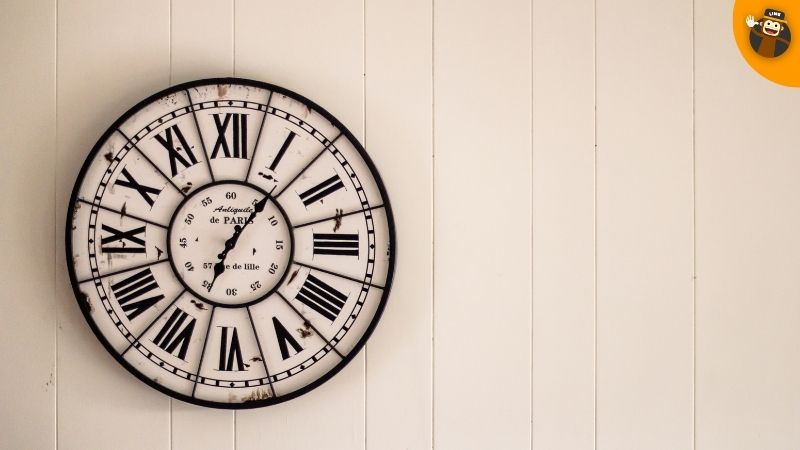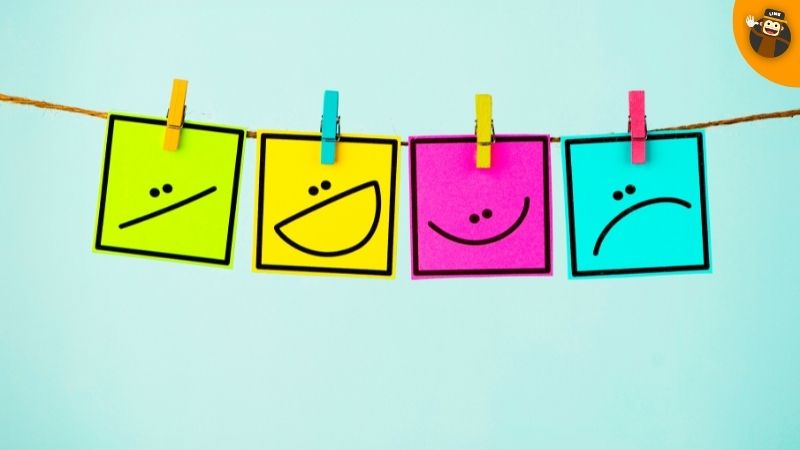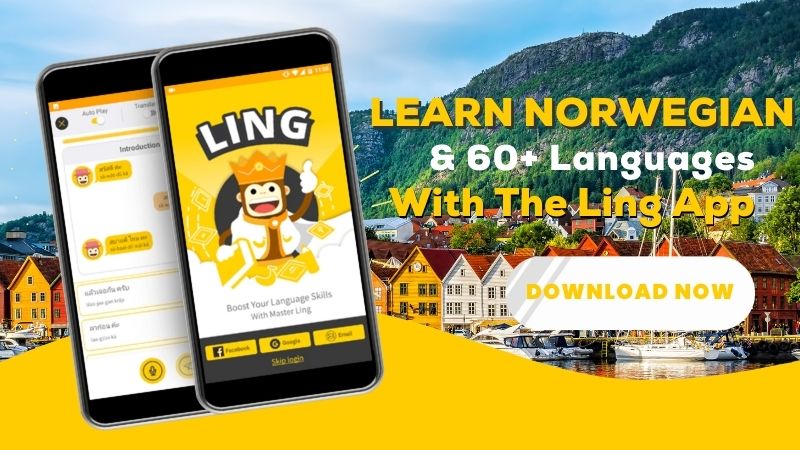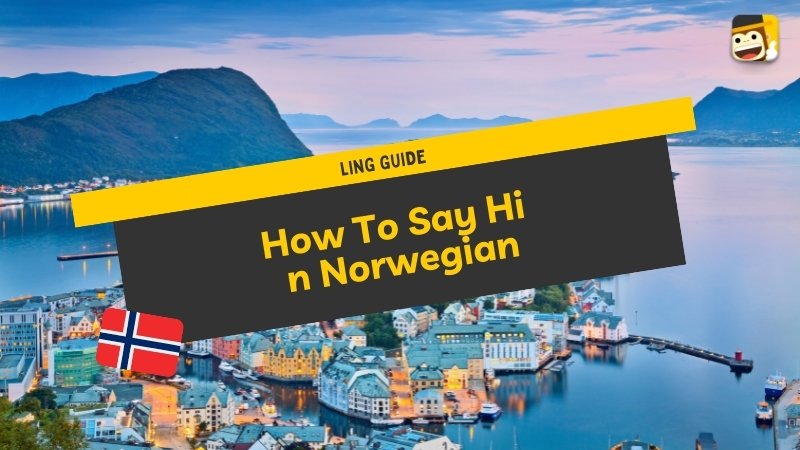Greetings are cherished by most countries and usually precede any form of conversation. That is why it is important for language learners or travelers to get familiar with the country’s way of greetings.
Whether you are traveling to Norway soon or are a Norwegian language learner, you’ve done the right thing by learning ways to say hi in Norwegian and other popular greetings. Greetings are important in Norway, and knowing how to greet in different formal or informal scenarios will help the locals warm up to you and open up deep and fun conversations.
In this article, we will be going through the most common ways of saying Hi, and other necessary greetings you should know. Without further ado, let’s start this journey.
Common Ways Of Saying Hi In Norwegian

Let’s explore the common way to say Hi. These words are used in daily conversations, so any Norwegian will find it polite and normal to hear these greetings.
1. Hei
Hei is the Norwegian translation of Hi in English, and it is widely used throughout Norway. In fact, Hei is the most common way of greeting anyone. You’d see young and old people alike throwing around Hei as a way of greeting the fellow person. Therefore, saying a simple ‘Hei’ will get a positive response from any of your Norwegian friends. Also, understand that Hei can be used in both formal and informal situations. However, if you are running a business transaction or meeting an important person, it will be polite to greet them depending on the time of the day. We will get to that later.
2. Hallo
Another way to say Hi in Norway is Hallo. Hallo is the equivalent of Hello, and it is also quite prominent in Norway. Hallo is also a way to respond to a phone call in Norway. So, when you see your Norwegian friend next, saying hallo is a great way to start a conversation.
3. Hei Hei
Hei Hei is a more fun way to say Hi, and it is used prominently in Norway. Norwegians have a flair for repeating words twice, and Hei Hei is one of them.
4. Heisann
Heisann is another common way to say Hello, but it is less frequently used. Heisann can be used amongst close friends because of its degree of informality but anyway, using Heisann won’t be seen as offensive as long as you use it in an informal scenario.
5. Hei på deg
Another friendly way of saying Hi in Norway is Hei på deg. The literal meaning of this phrase is ‘Hi on You,’ but is it acceptable in the country.
Greetings For Different Time Of The Day

Another way to greet people in Norway is to greet them based on the time of the day. However, using good morning, good afternoon, or good day is quite formal and is not often used in informal scenarios. In fact, a close Norwegian friend may be surprised when you randomly say god eftermiddag.
However, if you find yourself in a formal environment, it is best to say a simple god dag (Good day) to create a positive first impression
1. God Morgen
God Morgen is the Norwegian equivalent of Good morning and it is only used in the early hours of the morning, as you may have guessed. In Norway, a shortened version of Good Morning is pronounced mårn.
2. God eftermiddag
The sun is out, and you want to greet a stranger? The right greeting, if you want to avoid saying Hei is god eftermiddag which means good afternoon
3. God Kveld
When the sun is setting, you can decide to use god kveld, which means good evening. However, it is only when you meet with a stranger, or you are in a formal situation that this may sound comfortable. In an informal situation, maybe when you are with your friends, saying a simple Hei Hei is enough.
4. God Dag
A neutral greeting for any time of the day and is usually used in formal settings is god dag which means good day.
Different Ways To Ask ‘How Are You?’

After saying Hi, what next? The next thing to ask is if they are fine. Don’t worry. No one will narrate their life’s history if you ask. Norwegians will always reply with an ‘I am fine’ phrase, except they know you are genuinely concerned.
1. Hvordan har du det
Hvordan har du det means ‘how are you?’ and it is often used in formal situations or when you are meeting a new person
2. Går det bra?
Another way to inquire if someone is fine is to say Går det bra, which means ‘are you doing well?; This can be asked as a random greeting phrase or when you genuinely want to know the welfare of the person. It all depends on the tone and concern.
3. Hvordan går det?
The translation of this is ‘how is it going?’ and it is also a great substitute for how are you
4. Hva skjer?
This means ‘what’s going on?’ and it is often used amongst close friends. You won’t see a group of friends asking Hvordan har du det, but you will catch them saying Hva skjer.
5. Hvordan er dagen din?
This phrase means ‘how was your day?’ and it is a nice way to start a conversation as well.
Other Norwegian Greetings
Ready To Greet In Norwegian?
I hope you were able to catch one or two ways of saying Hello in Norwegian. So, when next you are traveling to Norway, saying Hei or Hvordan har du det is a great way to start up a conversation. If you are thinking of learning more than just Norwegian greetings, there is a great language learning app for you!
Learn Norwegian With Ling

The Ling App is a comprehensive language platform that turns you from a complete novice to a fluent speaker in over 60+ languages, including learning Norwegian! You get access to complete lesson guides, including grammar lessons, vocabulary quizzes, flashcards for review, an AI interactive bot for reviewing, and more features aimed at helping you improve your listening, speaking, reading, and writing skills in your target audience.
What are you waiting for? Download the Ling App today on Play Store and App Store




















